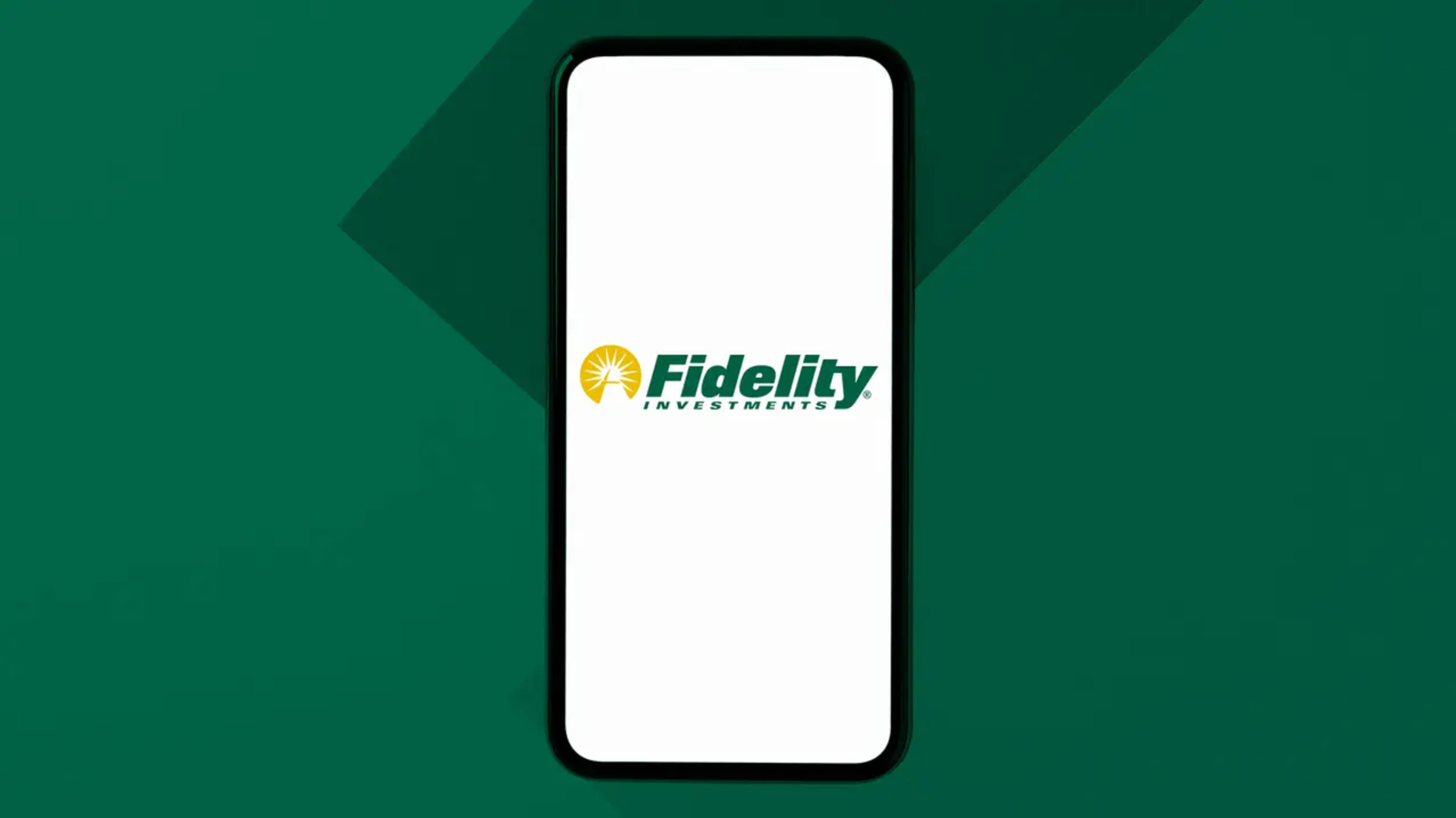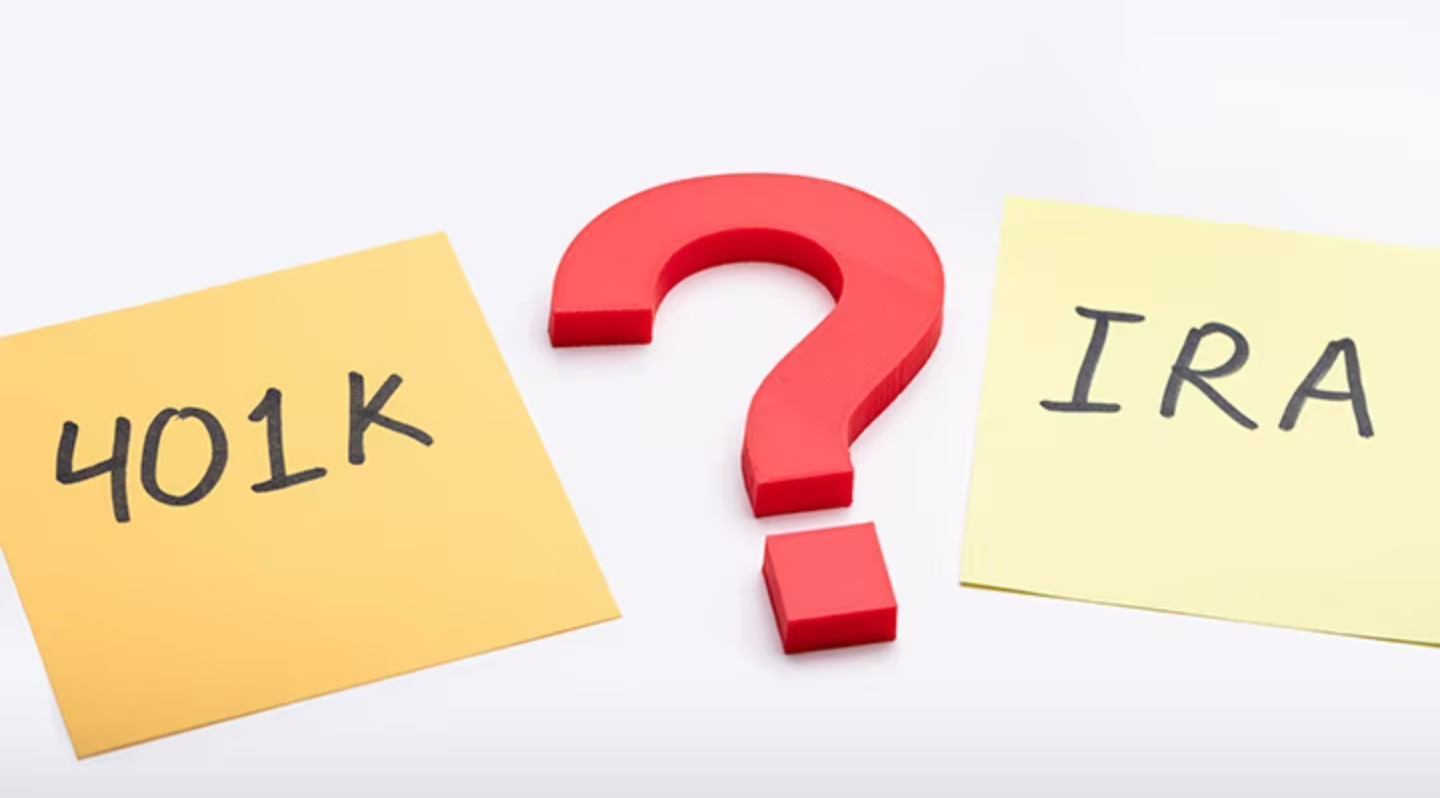How to Enroll in a 401k Program: A Complete Guide
Enrolling in a 401k plan is a crucial step for securing your financial future, offering significant tax advantages and employer contributions. Learn the basics, benefits, and process of enrolling in a 401k to maximize your retirement savings.
Abhinil Kumar
Author

Imagine being in a pivotal role where your decisions significantly impact your financial well-being. You are an employee of a mid-sized company responsible for evaluating the financial viability of various investment opportunities. One critical decision you face is enrolling in a 401k program. This decision isn’t just about today; it’s about securing your financial future. By enrolling in a 401k, you are not only setting the foundation for a comfortable retirement but also taking advantage of significant benefits that can enhance your financial stability.
Understanding the Basics of a 401k Plan
What is a 401k Plan?
A 401k plan is a type of retirement savings plan that allows employees to set aside a portion of their income for their future retirement. The primary funding for a 401k plan comes from the employee’s own contributions, which are deducted from their paycheck before taxes are taken out. Additionally, some employers may offer the option to make contributions to the employee’s 401k plan.
The 401k plan is named after the section of the Internal Revenue Code (IRC) that governs it. These plans are also subject to regulations set forth by the Employee Retirement Income Security Act (ERISA). Compliance with these regulations can be moderately complex, so it is important for employers to ensure that the plan is properly administered and maintained.
One of the main advantages of a 401k plan is that it allows employees to save for retirement while receiving potential tax advantages. The contributions made to the plan are tax-deferred, meaning that they are not subject to income tax until withdrawn. Additionally, any employer contributions made to the plan are not counted as taxable income for the employee.
The primary purpose of a 401k plan is to provide employees with a means to accumulate funds for retirement. Contributions to a 401k plan are made on a pre-tax basis, reducing the individual’s taxable income and allowing the funds to grow tax-deferred until withdrawn.
Benefits of Enrolling in a 401k Plan
Tax Advantages
One of the most significant benefits of a 401k plan is the tax advantage it offers. Contributions are made with pre-tax dollars, reducing your taxable income for the year. Additionally, the investments grow tax-deferred until you withdraw the funds during retirement, potentially lowering your tax burden.
Employer Contributions
Many employers offer matching contributions to 401k plans, which is essentially free money added to your retirement savings. Employer matches can vary, but a common structure is a 50% match on the first 6% of the employee’s contributions.
Retirement Savings
Consistent contributions to a 401k plan allow you to take advantage of the power of compounding interest. Over time, even small contributions can grow significantly, thanks to the compounding effect of interest and investment returns.
Financial Discipline
Enrolling in a 401k plan encourages financial discipline and a commitment to long-term financial planning. Regular contributions help build a habit of saving, ensuring you are prepared for future financial needs.
Eligibility and Enrollment Process
Eligibility Requirements
To enroll in a 401k plan, employees must typically meet certain criteria set by their employer. Common requirements include a minimum age, often 21 years, and a specified period of service, usually one year.
Steps to Enroll
To enroll in the 401(k) Plan, you can choose between phone or online.
If you prefer to enroll by phone, follow the steps below.
- Contact the HR or benefits department: Reach out to the HR or benefits department for assistance with the enrollment process. You can find their contact details on your company’s intranet, employee handbook, or by asking your supervisor.
- Request enrollment forms: Inform the HR or benefits department that you are interested in enrolling in the 401(k) Plan. They will provide you with the necessary enrollment forms, either in physical or digital format, based on your preference.
- Fill out the enrollment forms: Review the enrollment forms carefully. Complete all the required fields accurately, including your personal details and contribution percentage. The forms may also include options for investment allocation, beneficiary designation, and contribution limits.
- Submit the enrollment forms: Return the completed enrollment forms to the HR or benefits department. They will guide you on how to return the forms, whether by email, fax, or in-person submission.
If you prefer to enroll online, follow these steps:
- Visit the company’s employee portal: Log in to your company’s employee portal using your credentials.
- Locate the 401(k) Plan enrollment section: Navigate through the portal to find the section related to benefits or retirement plans. Look for the specific area that deals with the 401(k) Plan enrollment.
- Click on the enrollment option: Once you locate the 401(k) Plan enrollment section, click on the relevant option to start enrolling.
- Complete the online enrollment form: Fill in the necessary information accurately and thoroughly on the online enrollment form. Provide the required personal details, contribution percentage, investment allocation, beneficiary designation, and contribution limits.
- Review and submit the form: Double-check all the information you entered for accuracy. After reviewing the form, submit it electronically through the portal.
Remember, if you encounter any difficulties during enrollment or have questions about the 401(k) Plan, don’t hesitate to contact your HR or benefits department for assistance. Their contact information can typically be found on the company’s intranet or employee handbook.

How to Enroll in a 401k Program
Investment Options Available
Types of Investments
401k plans typically offer a variety of investment options to choose from, including:
- Mutual Funds: These funds pool money from many investors to invest in a diversified portfolio of stocks, bonds, or other assets.
- Individual Stocks: Direct investment in company shares.
- Bonds: Debt securities issued by corporations or governments, offering fixed income.
Diversification
Diversifying your 401k investments is crucial to manage risk. By spreading your investments across different asset classes, you can reduce the impact of any single investment performing poorly.
Understanding Risk Tolerance
Your risk tolerance should guide your investment choices. Conservative investors may prefer bonds and stable mutual funds, while those with higher risk tolerance might opt for growth stocks or more aggressive mutual funds.
Tax Implications and Employer Contributions
Pre-Tax Contributions
Contributions to a 401k plan are made with pre-tax dollars, reducing your taxable income. This provides immediate tax savings and allows more of your money to be invested for growth.
Employer Matching Contributions
Employer contributions are not considered part of your taxable income. These contributions grow tax-deferred until you withdraw them, providing an additional boost to your retirement savings.
Calculating Your Contributions and Savings
Contribution Limits
The IRS sets annual contribution limits for 401k plans. For 2024, the limit is $23,000, with an additional catch-up contribution of $6,500 for those aged 50 and over.
Impact of Consistent Contributions
Consistent contributions, even small amounts, can grow significantly over time due to compounding interest. Starting early and contributing regularly are key strategies for building substantial retirement savings.
Example Calculation
If you contribute $500 per month to your 401k plan and your employer matches 50% of the first 6% of your salary, your annual contributions, including employer match, would significantly enhance your retirement savings.
Monitoring and Adjusting Your 401k Plan
Regular Review
Regularly reviewing your 401k plan ensures that your investments align with your retirement goals and risk tolerance. Make adjustments as necessary to optimize your portfolio.
Making Changes
You can make changes to your contribution amount, investment choices, and beneficiary designations at any time. Contact your HR or benefits department for guidance on how to make these changes.
Conclusion
Enrolling in a 401k plan is a critical step toward securing your financial future. By understanding the basics, taking advantage of tax benefits and employer contributions, and making informed investment choices, you can build a substantial retirement nest egg. Regular monitoring and adjustments will ensure that your 401k plan continues to meet your financial goals. Start today and take control of your retirement savings.
FAQs
1. What are plan participants in a 401k program?
Plan participants are employees who are enrolled in a 401k program. These individuals make contributions to their 401k accounts, which may be matched by their employer, and select investment options to grow their retirement savings.
2. What are qualified withdrawals from a 401k plan?
Qualified withdrawals are distributions taken from a 401k plan after reaching the age of 59¬Ω, or under specific circumstances such as retirement, disability, or certain financial hardships, without incurring a withdrawal penalty.
3. What types of plan investments are available in a 401k?
401k plans typically offer various investment options including mutual funds, target-date funds, individual stocks, and bonds. These options allow plan participants to diversify their retirement savings based on their risk tolerance and investment objectives.
4. What are investment fees associated with a 401k plan?
Investment fees are charges associated with managing and administering the investment options within a 401k plan. These fees can include expense ratios for mutual funds, administrative fees, and any other costs related to the management of the investments.
5. How do retirement savings plans like 401k differ from individual retirement accounts (IRAs)?
Retirement savings plans like 401k plans are employer-sponsored and often include employer matching contributions, whereas Individual Retirement Accounts (IRAs) are opened individually and do not include employer contributions. Both offer tax advantages but have different contribution limits, investment options, and rules for withdrawals.
6. What are qualified distributions in a 401k plan?
Qualified distributions are withdrawals from a 401k plan that meet certain criteria set by the IRS, such as being taken after the age of 59¬Ω, due to disability, or as part of a series of substantially equal periodic payments. These distributions are not subject to the 10% early withdrawal penalty.
7. What are hardship withdrawals in a 401k plan?
Hardship withdrawals are early distributions taken from a 401k plan due to immediate and heavy financial needs, such as medical expenses, preventing eviction or foreclosure, or tuition fees. These withdrawals may be subject to income taxes and a 10% early withdrawal penalty unless an exception applies.
8. What is the role of a plan administrator in a 401k plan?
A plan administrator is responsible for managing the day-to-day operations of a 401k plan. This includes ensuring compliance with IRS regulations, processing contributions and distributions, providing plan information to participants, and handling administrative tasks related to the plan’s operation.


